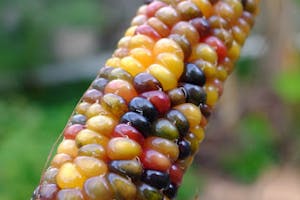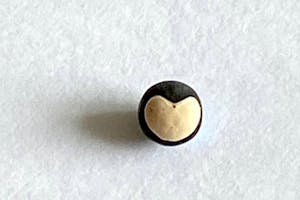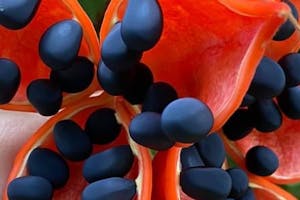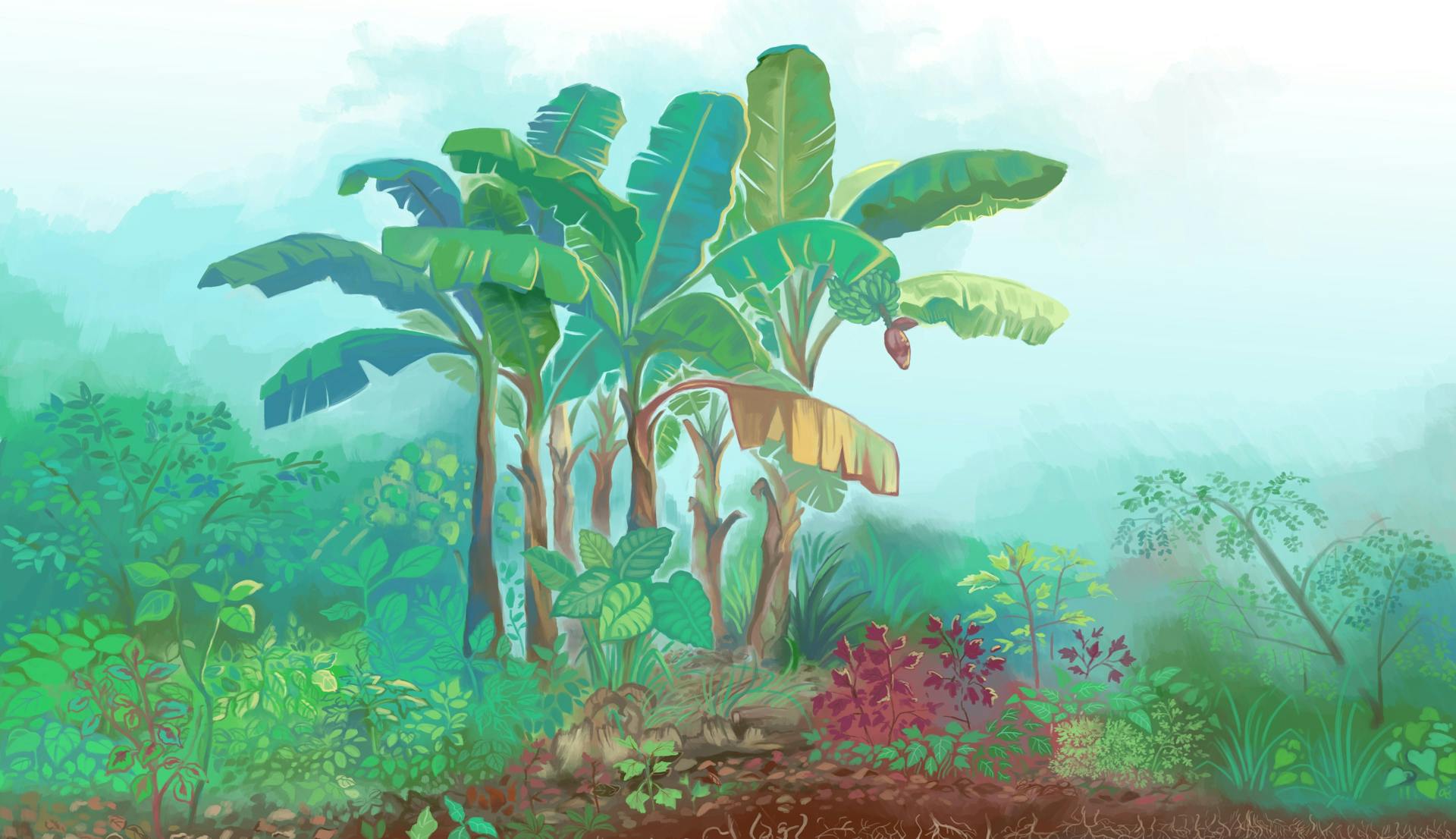
Glossary of Technical Terms and Alternative Phrasing
This article is part of the second issue of "The Sauce - on food, community and inspirations", a theme-based journazine, with SEEDS as the theme for this second issue. The inaugural issue on SOIL has a print and online edition available here.
In August 2021, with the intention to co-create the content for The Sauce #2 on seeds, Foodscape Pages facilitated our first community writing workshop. We invited writers-participants to transpose the interviews we had with practitioners on the ground, into stories. Given the diversity in the backgrounds of the writer-participants, the issue of language, on the understanding of terms and definitions, often came up. There were technical terms used that were not familiar to the writer-participants; throughout the workshop we were learning from one another. Thus, the birth of this glossary. By sharing this glossary, Foodscape Pages hope to build more capacity for expanding our collective eco-literary and conversations around these topics.
Aboreto (in Spanish) or Arboretum (in Latin)
in a general sense is a botanical collection composed exclusively of trees. More commonly, a modern arboretum is a botanical garden containing living collections of woody plants and is intended at least in part for scientific study.
The term agrochemical or agrichemical is used as a generic term for the chemical products or pesticides used in agriculture. These include herbicides, fungicides and insecticides but also synthetic fertilizers, hormones and soil conditioning agents.
Biodynamics is a holistic, ecological, and ethical approach to farming, gardening, food, and nutrition.
is the long-term removal, capture, or sequestration of carbon dioxide from the atmosphere to slow or reverse atmospheric CO2 pollution and to mitigate or reverse climate change. Carbon dioxide (CO2) is naturally captured from the atmosphere through biological, chemical, and physical processes. These changes can be accelerated through changes in land use and agricultural practices, such as converting crop and livestock grazing land into land for non-crop fast growing plants.
Compost is a mixture of ingredients used to fertilize and improve the soil. It is commonly prepared by decomposing plant and food waste and recycling organic materials. The resulting mixture is rich in plant nutrients and beneficial organisms, such as worms and fungal mycelium.
Ecotourism is now defined as “responsible travel to natural areas that conserves the environment, sustains the well-being of the local people, and involves interpretation and education” (TIES, 2015). Education is meant to be inclusive of both staff and guests.
A food forest, also called a forest garden, is a diverse planting of edible plants that attempts to mimic the ecosystems and patterns found in nature. Food forests are three dimensional designs, with life extending in all directions – up, down, and out.
food security is defined as meaning that all people, at all times, have physical, social, and economic access to sufficient, safe, and nutritious food that meets their food preferences and dietary needs for an active and healthy life.
Food sovereignty has been defined as “the right of peoples to healthy and culturally appropriate food produced through ecologically sound and sustainable methods, and their right to define their own food and agriculture systems.”
For 95 percent of their time on Earth, humans have sustained themselves by foraging, that is, by hunting and gathering food from their natural environment.
In Greek mythology, Gaia was the Greek goddess of Earth, mother of all life.
A greenhouse(also called a glasshouse, or, if with sufficient heating, a hothouse) is a structure with walls and roof made chiefly of transparent material, such as glass, in which plants requiring regulated climatic conditions are grown.
The Green Revolution was a period when agriculture in India was converted into an industrial system due to the adoption of modern methods and technology, such as the use of high yielding variety (HYV) seeds, tractors, irrigation facilities, pesticides, and fertilizers.
Giant farms—whether growing crops or animals—often rely heavily on chemicals and produce waste that pollutes the water and air.
Originating or occurring from a particular place; native
A landrace is a domesticated, locally adapted, traditional variety of a species of animal or plant that has developed over time, through adaptation to its natural and cultural environment of agriculture and pastoralism, and due to isolation from other populations of the species.
In agriculture, ,monoculture is the practice of growing one crop species in a field at a time.
Organic
(of food or farming methods) produced or involving production without the use of chemical fertilizers, pesticides, or other artificial chemicals.
Organic waste is any material that is biodegradable and comes from either a plant or an animal.
Permaculture is a philosophy of working with, rather than against nature; of protracted and thoughtful observation rather than protracted and thoughtless labor.
A perennial plant or simply perennial is a plant that lives more than two years
Regenerative Agriculture
describes farming and grazing practices that, among other benefits, reverse climate change by rebuilding soil organic matter and restoring degraded soil biodiversity – resulting in both carbon drawdown and improving the water cycle.
Syntropic agroforestry/farming
Syntropic farming is an intensive form of agroforestry that imitates market gardening and slash and mulch agroforestry, in order to provide yields at all stages of succession, generate its own fertility, and with the end goal of creating a productive forest that imitates the structure and function of the native forest.
This is a non-exhaustive glossary list. Pages will be continually adding to this list of terms and alternative phrasing. We welcome you to take part in co-creating this list by adding words here.
Share this article
Dig Around

Chris - on homecoming; unpacking "sustainability", self-care for farmers and gardeners, and reality checks

Let's Put the Culture Back into Agriculture

Seeds as Life

Seeds as Food
Contact Us
Drop us an email or DM on Instagram if you would like to give us feedback, support us in any way, or just to connect!
Foodscape Collective
Foodscape Collective is a ground-up community with a mission to co-create a fair and inclusive circular food system for all. We work together to create communities and livelihoods through collaborative and supportive practices.
Copyright (C) 2025 - Foodscape Pages. All Rights Reserved
